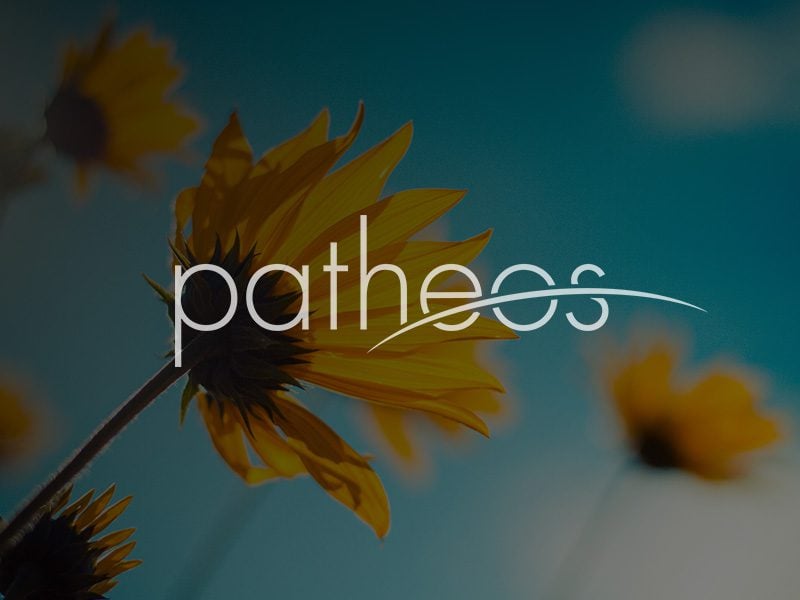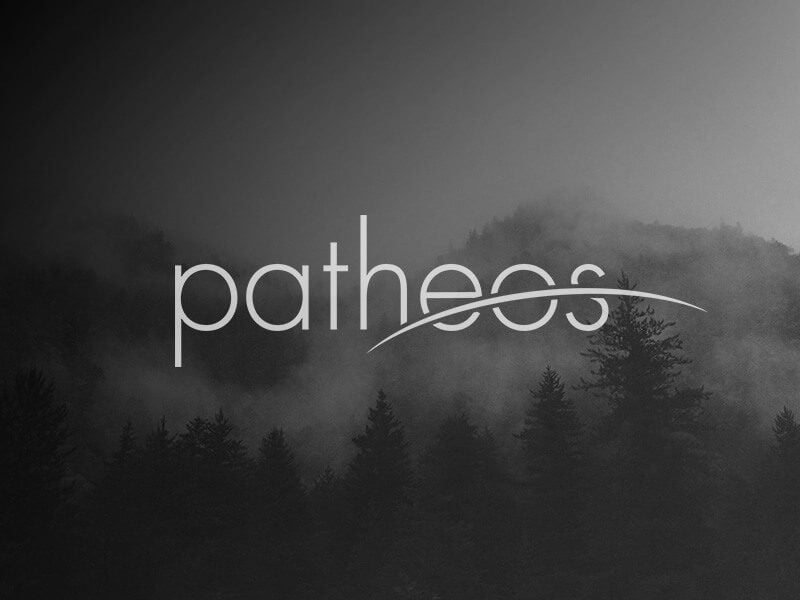A few months ago, Peggy Noonan made my day — my whole week, in fact — by accepting my Facebook friendship request. I’d always thought she was a good soul and a true lady. I looked forward to reading status updates like “Just threw on my jammies. Am sitting up with a glass of Merlot, wondering when everything turned into a bunch of political BS about narratives. ;)”
Well, some hopes rise just to be dashed, I guess. Since we’ve become friends, Peggy hasn’t posted a thing about her day, much less served up any juicy details from Michael Medved’s latest mustache-pulling catfight with Ross Douthat. Now that I think about it, she hasn’t said a thing about any of my posts — not even when I mentioned I’d found a perfect reliquary for that 1981 Reagan inaugural license plate I’d bought for $45 on eBay.
No, if anyone wants to know what the real Peggy Noonan’s like, she’s the kind of person who posts links to her latest WSJ pieces, along with gnomic summaries: Newt’s a battering ram who’ll wind up in splinters, but he can do plenty of damage along the way. When her other friends post supportive messages like Happy 2012 Peggy, all indications are you’ll be very, very busy, she leaves them to float, unanswered, like vain prayers.
Maybe I’ve got Peggy all wrong — being thought aloof is the curse of shy people everywhere. But according to the New York Times, the better medium for coaxing her out of her shell may, in fact, be Twitter. Increasing numbers of writers are tweeting their readers directly and enjoying the exchange. Gary Shteyngart, author of Absurdistan, The Russian Debutante’s Handbook and Super Sad True Love Story has said: “There are so many clever people out there. I love each one of them. Many times I laugh with them.”
As the Times notes, this is a major paradigm shift. Historically, authors have existed in the public’s imagination — and, in many cases, their own — as solitary figures, holed up in garrets, “furiously, crumpling up papers and throwing them on the floor, losing track of time, heedless of the public.” Among the new tweeters is a writer who has lived the walled-in life to the letter: Booker Prize winner and former fugitive from Iranian justice Salman Rushdie. Rushdie explains that “[tweeting] allows one to be playful, to get a sense of what is on a lot of people’s minds at any given moment.” According to the Times, he has 150,000 followers, making him a bit of an ayatollah in his own right.
And this is the major advantage of social media: it enables a user to be a shut-in and a social butterfly at the same time — to have the cake of privacy and to eat it in company. Whether Facebook and Twitter offer a good or sorry excuse for a social life is a question fit for lengthy debate. But these authors are engaged in a particularly purpose-driven kind of socializing. They want to promote their work, naturally, but they also want feedback in the raw. Marriage Plot author Jeffrey Eugenides tells the Times: “It’s better, I think, for readers not to communicate too directly with an author because the author is, strangely enough, beside the point.” Maybe not, but for some authors, readers may be the point. Whether or not writers care to make themselves known, they may find it helpful to know who they’re writing for.
Granted, it’s not like direct reader feedback was ever unavailable — there was, for example, that thing called the fan letter. But fan letters have had their dark side. Former National Review columnist Florence King, who used to make it a point of honor to answer every reader who took the time to write, once found herself stalked in print by a pair of over-fond readers. Only when they threatened to pop down to Fredericksburg for a meet and greet did King break Southern Do-Right custom by declaring the correspondence over.
King blames the readers’ presumption on TV, which creates an illusion of intimacy between watcher and watched. I’m more inclined to blame the medium of letter-writing, which creates a very real intimacy between the parties involved. Writing a letter in hard copy enables a person to express herself at the length of her own choosing. The finished product is intended for the eyes of one recipient only. Anyone who posts publicly over social media knows her 140 or 400 characters will be judged by committee. To enforce its norms, the global village has a built-in lynch mob.
Me, I tweet maybe once or twice every day. To get to know my readers, I prefer another Internet innovation — the combox, where people can reveal themselves in bulk. Since many Patheos regulars assign themselves a profile, I get to track them from blog to blog. It’s quite an eye-opener. Even while posting under the same name and in a single, distinctive voice, some readers show very different sides of their personalities depending on where they are and what they’re responding to. They might be the same people on Saturday night as they are on Sunday morning, but it doesn’t follow that they’re quite the same people at, say, Marc Barnes’ place as they are at mine.
What having the opportunity for this kind of in-depth, ongoing market research might mean for writers in the long run, I don’t know. But when I compose, I find myself thinking of my most loyal readers by name. “This will crack JKM up”; “this’ll make Holly roll her eyes”; “Sarah will want to kill me for this one”; “I wonder what it’ll take get a response out of Manny — haven’t seen him in awhile.” Not infrequently, my surmises are right on the money. If the expanded intel hasn’t actually helped me expand my readership, it’s at least directed me toward a very comfy rut.
If this new compenetration between writer and reader isn’t quite the new norm, I believe it soon will be. Am I so unreasonable, then, for hoping that somewhere, in an apartment in the East Sixties, Peggy Noonan is reading this? I picture her smiling that Cheshire cat smile as it dawns on her that one of her 4,994 Facebook subscribers has taught her a thing or two about being a Great Communicator.











